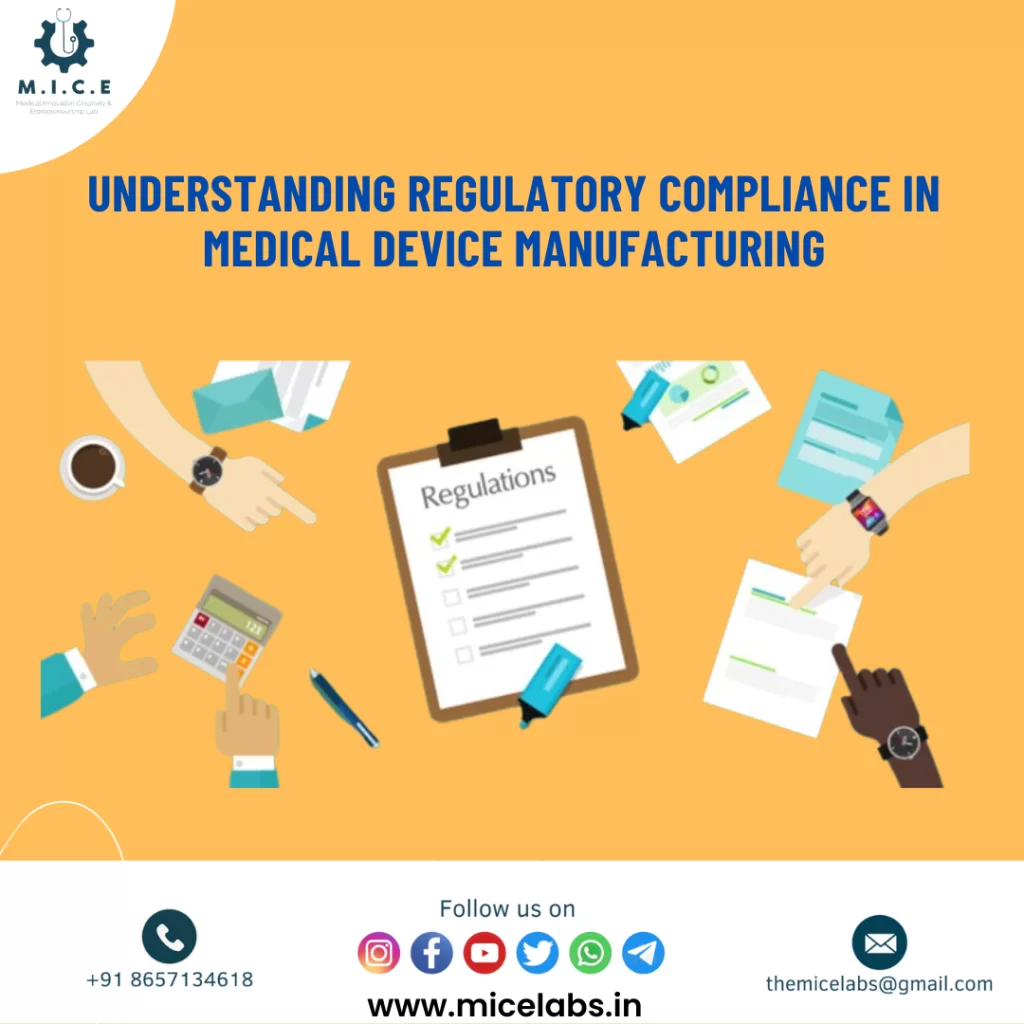Regulatory compliance is a crucial aspect of medical device manufacturing, ensuring that products meet safety, efficacy, and quality standards before they reach patients. In today’s ever-evolving healthcare landscape, navigating the complex regulatory environment is essential for manufacturers to bring innovative medical devices to market while ensuring patient safety.
Importance of Regulatory Compliance:
Regulatory compliance is essential to gain market access and maintain consumer trust. Non-compliance can lead to regulatory sanctions, product recalls, and reputational damage. By adhering to regulatory standards, companies demonstrate their commitment to product quality and patient safety.
Key Regulatory Bodies:
Regulatory bodies such as the FDA in the United States, the EMA (European Medicines Agency) in Europe, and other international agencies oversee the regulation of medical devices. These organizations establish guidelines, review applications, and grant approvals or clearances based on the safety and effectiveness of devices.
Regulatory Pathways:
Different regulatory pathways exist for obtaining approval or clearance to market medical devices. For example, the 510(k) pathway allows devices to be marketed if they demonstrate substantial equivalence to a predicate device. The PMA pathway is required for high-risk devices that lack a predicate, while the De Novo pathway provides a route for novel devices with no existing predicate.
Documentation and Risk Management:
Proper documentation is essential for demonstrating compliance with regulatory standards. Medical device manufacturers must maintain comprehensive documentation related to device design and development, risk management, clinical evaluations, labeling, and instructions for use.
Post-Market Surveillance:
Post-market surveillance is critical for monitoring the ongoing safety and performance of medical devices once they are on the market. Manufacturers collect and analyze data from various sources, including adverse event reports, complaints, clinical studies, and user feedback, to identify and respond to potential safety concerns.
For beginners looking to delve into regulatory affairs in medical device manufacturing, there are several resources available:
Online courses: Platforms like Coursera, Udemy, and Regulatory Affairs Professionals Society (RAPS) offer introductory courses on regulatory affairs and medical device compliance.
Books: “Regulatory Affairs for Biomaterials and Medical Devices” by Stephen F. Amato and “Regulatory Affairs Professionals Society (RAPS) Handbook of Medical Device Regulatory Strategy” provide comprehensive insights into regulatory requirements and strategies.
Regulatory agencies: The FDA and other regulatory bodies offer guidance documents, webinars, and training sessions to help manufacturers understand and comply with regulatory requirements.
Incorporating regulatory compliance into medical device manufacturing requires diligence, attention to detail, and a thorough understanding of regulatory requirements. By prioritizing compliance and staying informed about regulatory changes, manufacturers can ensure the safety and effectiveness of their medical devices and contribute to improved patient outcomes.
For more information, visit us at http://www.micelabs.in or feel free to write us at info.micelabs@gmail.com
#Regulatorycompliance #medicaldevicemanufacturing #Medicaldeviceregulations #FDAregulations #EMAregulations #Regulatorypathways #Riskmanagement #Post-market surveillance #Medicaldevicedocumentation #Healthcarequality standards #Safetyrequirements #medical #engineering #devices #makeinindia


I do agree with all the ideas you have introduced on your post They are very convincing and will definitely work Still the posts are very short for newbies May just you please prolong them a little from subsequent time Thank you for the post